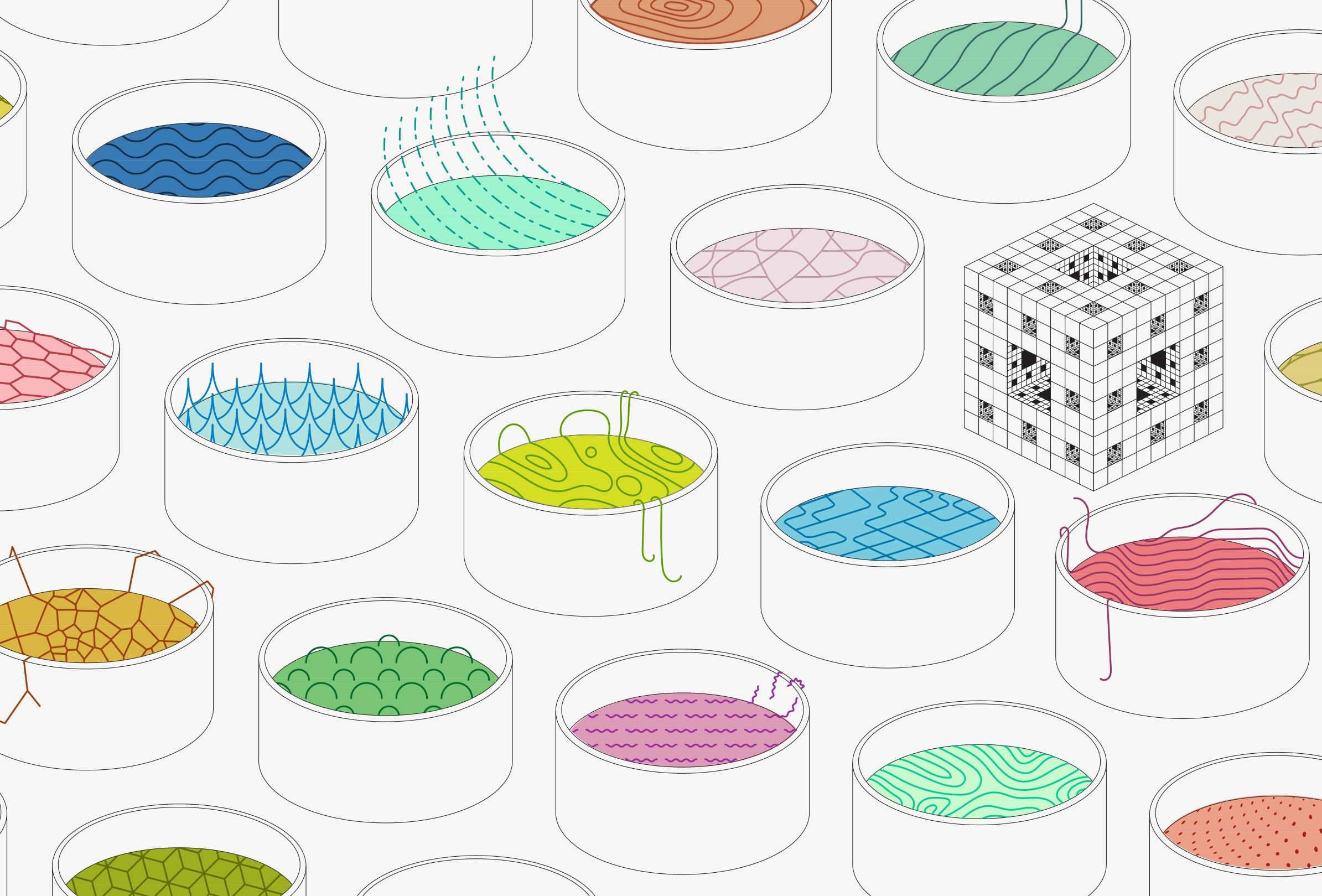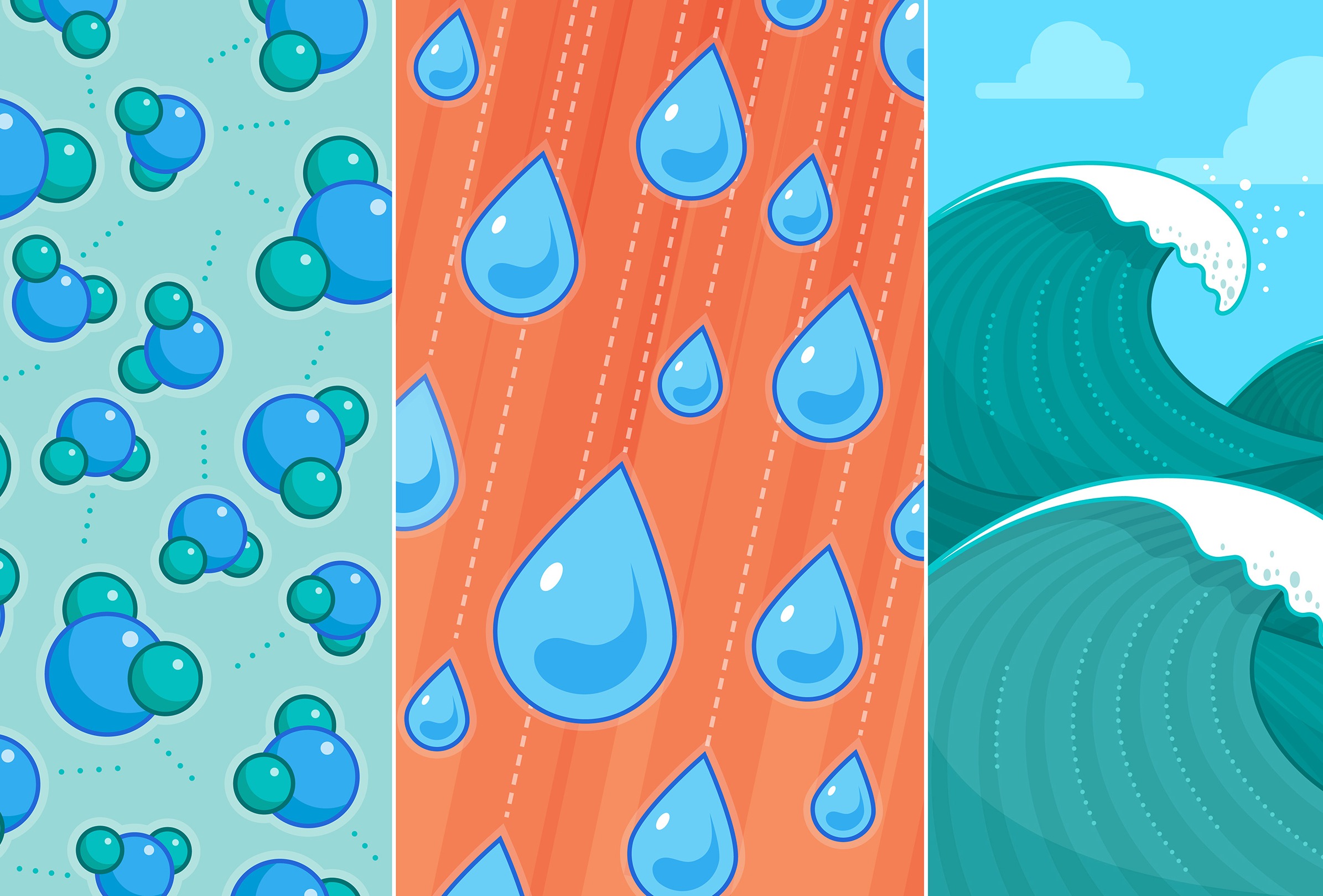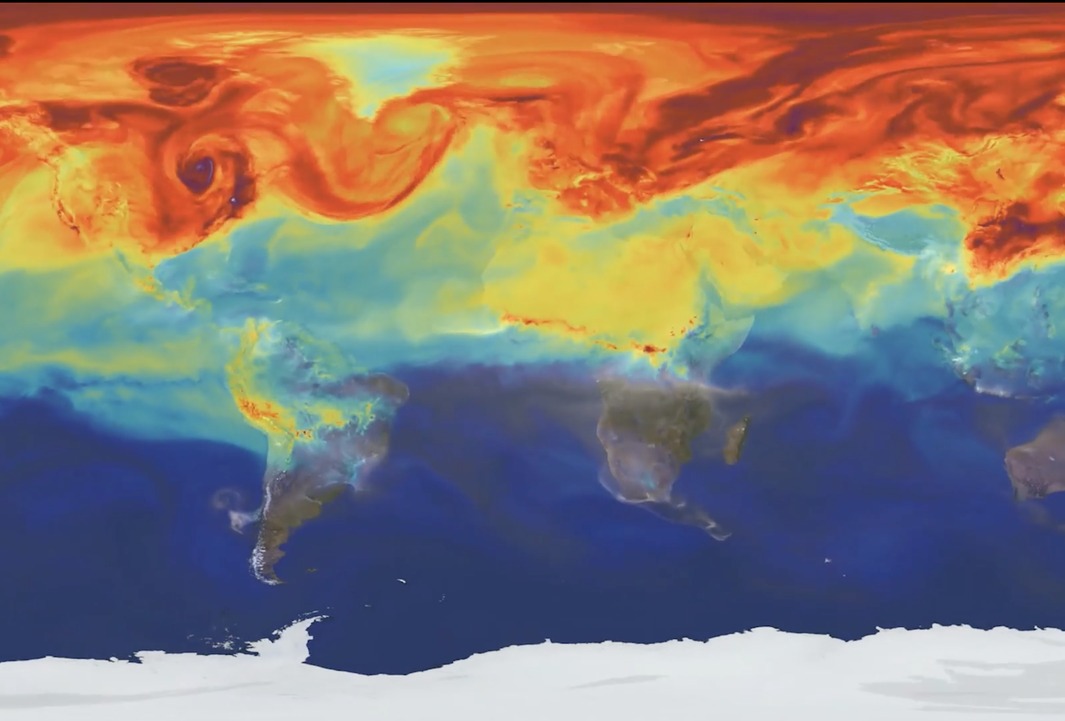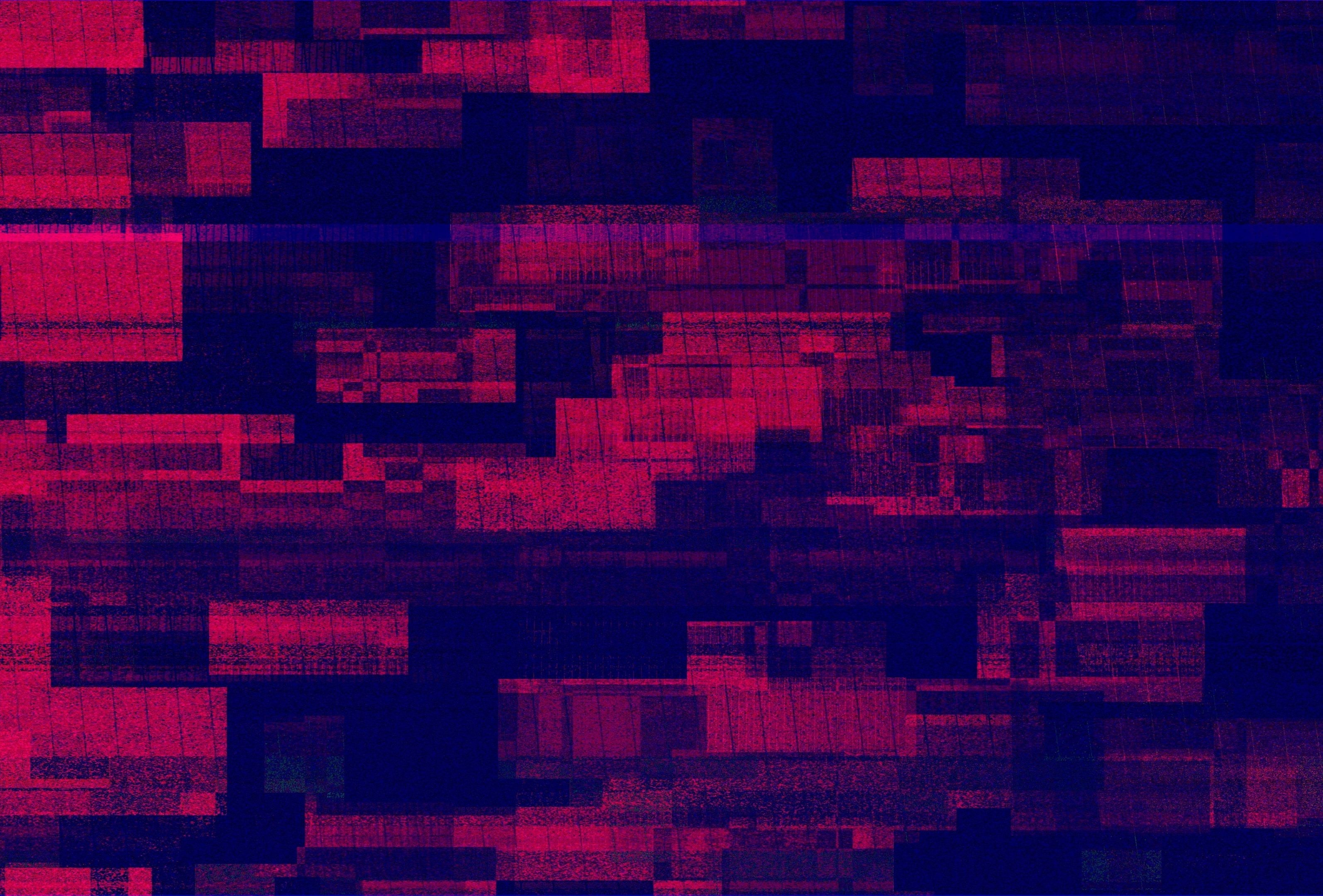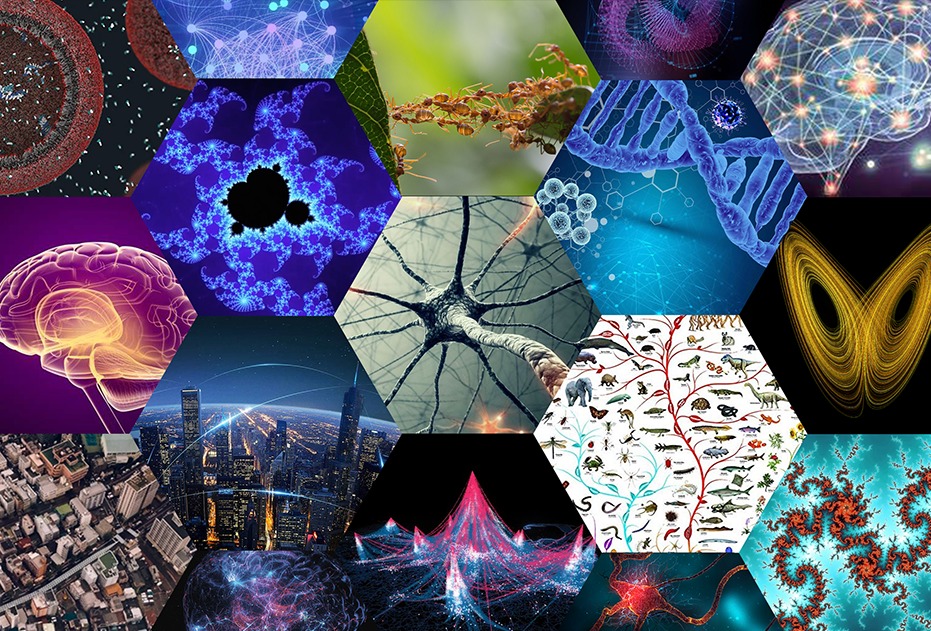7位发起人领读,复杂系统自动建模领域方法论全面介绍|复杂系统自动建模读书会第二季第一期

导语

本期试呈现下列问题并提出解决思路
本期试呈现下列问题并提出解决思路
如何构建数据驱动的复杂系统建模与调控的数学理论和算法?
如何利用神经常微分方程,解决面向科学的数据驱动建模中的“小样本”难题?
如何通过知识的嵌入提高AI模型的可解释性与泛化能力?
如何自动发现数据中隐藏的动力学模式,挖掘系统的底层机制?
如何从大规模系统中抽丝剥茧,提取出关键因素,降维表示其网络结构?
如何从数据出发去推断复杂系统的网络结构?
分享流程
分享流程
正式分享在19:30开始,每位发起人老师介绍15~20分钟,预计持续到22:00,具体流程如下:
-
19:10-19:30 集智俱乐部与读书会介绍
-
19:30-19:50 朱群喜:数据驱动的复杂系统建模与调控
-
19:50-20:10 李樵风:小样本下的数据驱动建模-基于神经常微分方程
-
20:10-20:30 丁璟韬:知识与数据协同的复杂系统模拟方法
-
20:30-20:50 高婷婷:数据驱动的可解释复杂系统推理
-
20:50-21:20 曹文祺:复杂网络的低秩假设
-
21:10-21:30 赵伯林:机器学习与复杂系统结构推断
-
21:30-21:50 牟牧云:数据驱动、干预与多尺度下的复杂系统自动建模
-
21:50-自由讨论
内容及主讲人介绍
内容及主讲人介绍
朱群喜:数据驱动的复杂系统建模与调控

分享核心概念
连续深度神经网络,Continuous Deep Neural Networks
系统重构,System Reconstruction
智能调控,Intelligent Control
参考文献
-
Dupont, E., Doucet, A., & Teh, Y. W. (2019). Augmented neural odes. Advances in neural information processing systems, 32.
-
Yan, M., Huang, C., Bienstman, P., Tino, P., Lin, W., & Sun, J. (2024). Emerging opportunities and challenges for the future of reservoir computing. Nature Communications, 15(1), 2056.
-
Chang, Y. C., Roohi, N., & Gao, S. (2019). Neural lyapunov control. Advances in neural information processing systems, 32.
-
Lipman, Y., Chen, R. T., Ben-Hamu, H., Nickel, M., & Le, M. (2023). Flow matching for generative modeling. The Eleventh International Conference on Learning Representations (ICLR 2023).
李樵风:小样本下的数据驱动建模-基于神经常微分方程

分享内容简介
分享核心概念
参考文献
-
Chen, R. T., Rubanova, Y., Bettencourt, J., & Duvenaud, D. K. (2018). Neural ordinary differential equations. Advances in neural information processing systems, 31.
-
Ji, W., & Deng, S. (2021). Autonomous discovery of unknown reaction pathways from data by chemical reaction neural network. The Journal of Physical Chemistry A, 125(4), 1082-1092.
丁璟韬:知识与数据协同的复杂系统模拟方法

分享内容简介
分享核心概念
物理信息融合神经网络,Physics-Informed Neural Network(PINNs)
参考文献
-
Karniadakis, G. E., Kevrekidis, I. G., Lu, L., Perdikaris, P., Wang, S., & Yang, L. (2021). Physics-informed machine learning. Nature Reviews Physics, 3(6), 422-440.
-
Shi, H., Ding, J., Cao, Y., Liu, L., & Li, Y. (2022). Learning symbolic models for graph-structured physical mechanism. In The Eleventh International Conference on Learning Representations.
-
Chen, H., Ding, J., Li, Y., Wang, Y., & Zhang, X. P. (2024). Social physics informed diffusion model for crowd simulation. In Proceedings of the AAAI Conference on Artificial Intelligence (Vol. 38, No. 1, pp. 474-482).
高婷婷:数据驱动的可解释复杂系统推理

分享内容简介
分享核心概念
数据驱动,Data-Driven
符号回归,Symbolic Regression
稀疏辨识,Sparse Identification
参考文献
-
Wang, H., Fu, T., Du, Y., Gao, W., Huang, K., Liu, Z., … & Zitnik, M. (2023). Scientific discovery in the age of artificial intelligence. Nature, 620(7972), 47-60.
-
Ding, J., Liu, C., Zheng, Y., Zhang, Y., Yu, Z., Li, R., … & Li, Y. (2024). Artificial Intelligence for Complex Network: Potential, Methodology and Application. arXiv preprint arXiv:2402.16887.
-
Gao, T. T., & Yan, G. (2023). Data-driven inference of complex system dynamics: A mini-review. Europhysics Letters, 142(1), 11001.
曹文祺:复杂网络的低秩假设

分享内容简介
分享核心概念
大规模网络系统,Large-scale Network System
复杂网络降维方法,Dimensionality Reduction Methods for Complex Networks
参考文献
-
Thibeault, Vincent, Antoine Allard, and Patrick Desrosiers. “The low-rank hypothesis of complex systems.” Nature Physics 20.2 (2024): 294-302.
赵伯林:机器学习与复杂系统结构推断

分享内容简介
分享核心概念
复杂系统结构推断,Structural Inference of Complex Systems
格兰杰因果,Granger Causality
稀疏辨识,Sparse Identification
图神经网络,Graph Neural Networks(GNNs)
参考文献
-
Tank, A., Covert, I., Foti, N., Shojaie, A., & Fox, E. B. (2021). Neural granger causality. IEEE Transactions on Pattern Analysis and Machine Intelligence, 44(8), 4267-4279.
-
Casadiego, J., Nitzan, M., Hallerberg, S., & Timme, M. (2017). Model-free inference of direct network interactions from nonlinear collective dynamics. Nature communications, 8(1), 2192.
-
Kipf, T., Fetaya, E., Wang, K. C., Welling, M., & Zemel, R. (2018, July). Neural relational inference for interacting systems. In International conference on machine learning (pp. 2688-2697). PMLR.
-
Han, Z., Fink, O., & Kammer, D. S. (2024). Collective relational inference for learning heterogeneous interactions. Nature Communications, 15(1), 3191.
-
Sui, Y., Wang, X., Wu, J., Lin, M., He, X., & Chua, T. S. (2022, August). Causal attention for interpretable and generalizable graph classification. In Proceedings of the 28th ACM SIGKDD Conference on Knowledge Discovery and Data Mining (pp. 1696-1705).
牟牧云:数据驱动、干预与多尺度下的复杂系统自动建模

分享内容简介
分享核心概念
数据驱动建模,Data-driven Modeling
强化学习,Reinforcement Learning
因果图,Causal Graph
参考文献
-
D’Souza, R. M., di Bernardo, M., & Liu, Y. Y. (2023). Controlling complex networks with complex nodes. Nature Reviews Physics, 5(4), 250-262.
-
Baggio, G., Bassett, D. S., & Pasqualetti, F. (2021). Data-driven control of complex networks. Nature communications, 12(1), 1429.
-
Böttcher, L., Antulov-Fantulin, N., & Asikis, T. (2022). AI Pontryagin or how artificial neural networks learn to control dynamical systems. Nature communications, 13(1), 333.
-
Tigas, P., Annadani, Y., Jesson, A., Schölkopf, B., Gal, Y., & Bauer, S. (2022). Interventions, where and how? experimental design for causal models at scale. Advances in neural information processing systems, 35, 24130-24143.
-
Medrano, J., Friston, K., & Zeidman, P. (2024). Linking fast and slow: The case for generative models. Network Neuroscience, 8(1), 24-43.
报名方式
报名方式

复杂系统自动建模读书会
“复杂世界,简单规则”。
集智俱乐部联合复旦大学智能复杂体系实验室青年研究员朱群喜、浙江大学百人计划研究员李樵风、清华大学电子工程系数据科学与智能实验室博士后研究员丁璟韬、美国东北大学物理系Albert-László Barabási指导的博士后高婷婷、北京大学博雅博士后曹文祺、复旦大学数学科学学院应用数学方向博士研究生赵伯林、北京师范大学系统科学学院博士研究生牟牧云,共同发起「复杂系统自动建模」读书会第二季。
读书会将于9月7日每周六晚上20:00-22:00进行,探讨四个核心模块:数据驱动的复杂系统建模、复杂网络结构推断、具有可解释性的复杂系统推断(动力学+网络结构)、应用-超材料设计和城市系统,通过重点讨论75篇经典、前沿的重要文献,从黑盒(数据驱动)到白盒(可解释性),逐步捕捉系统的“本质”规律,帮助大家更好的认识、理解、预测、控制、设计复杂系统,为相关领域的研究和应用提供洞见。欢迎感兴趣的朋友报名参与!
复杂系统自动建模读书会:从数据驱动到可解释性,探索系统内在规律|内附75篇领域必读文献

